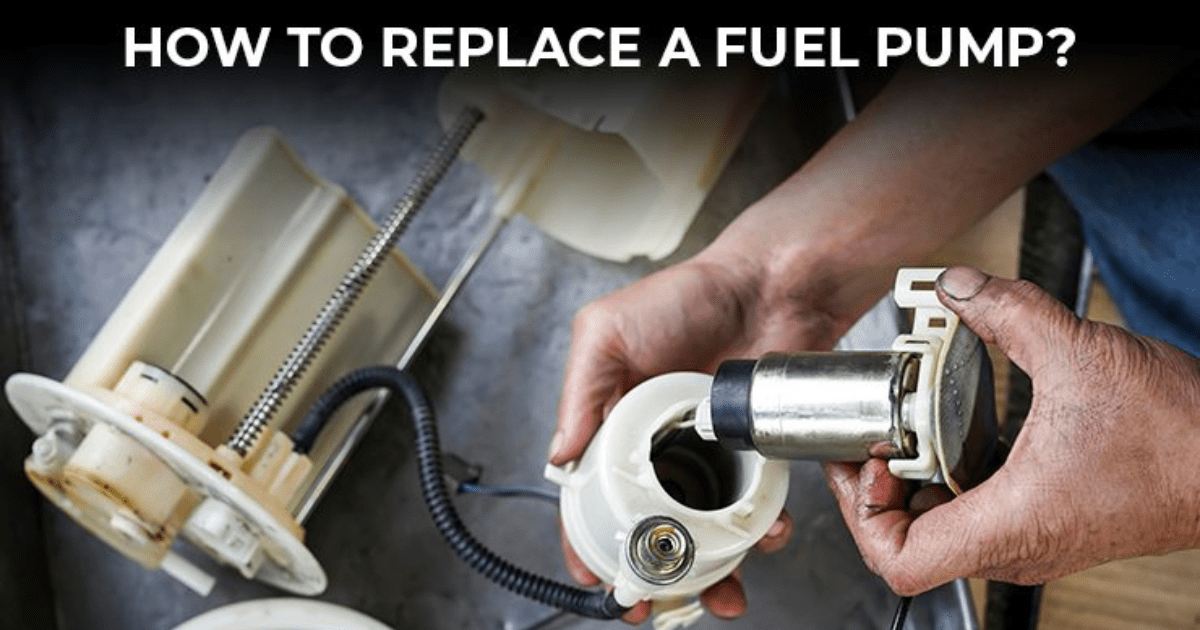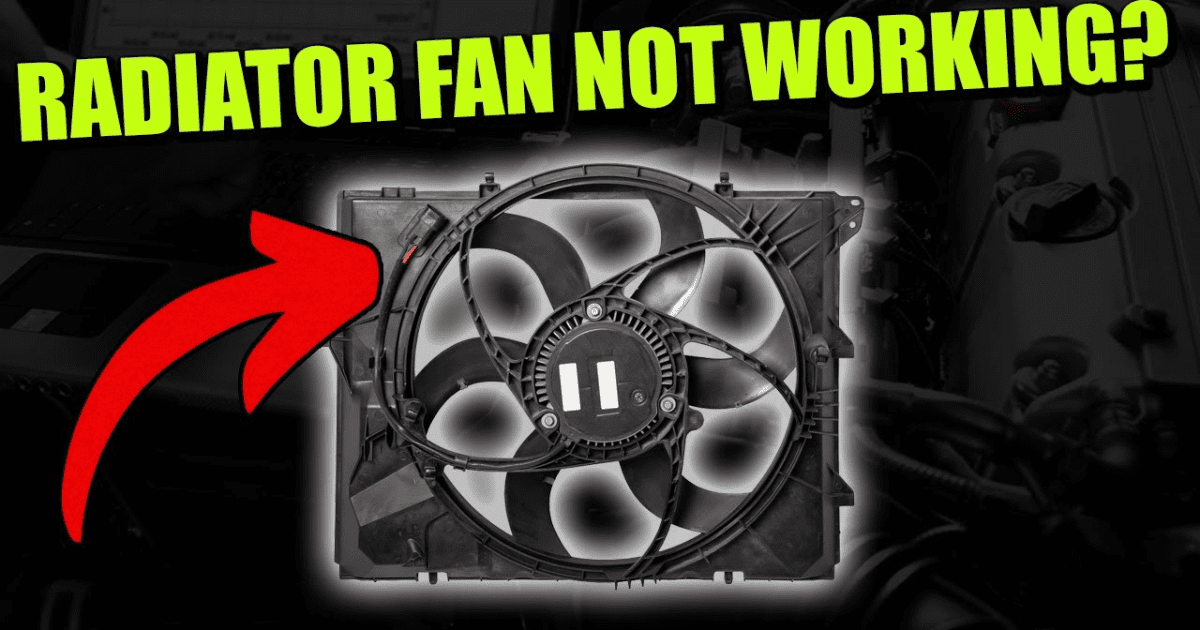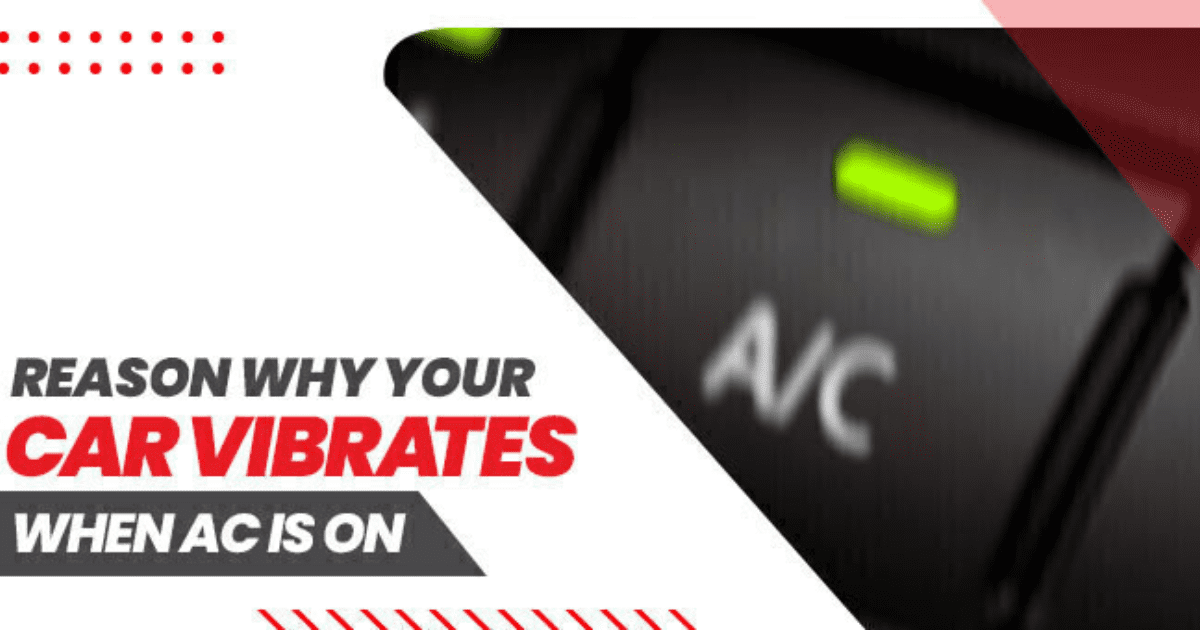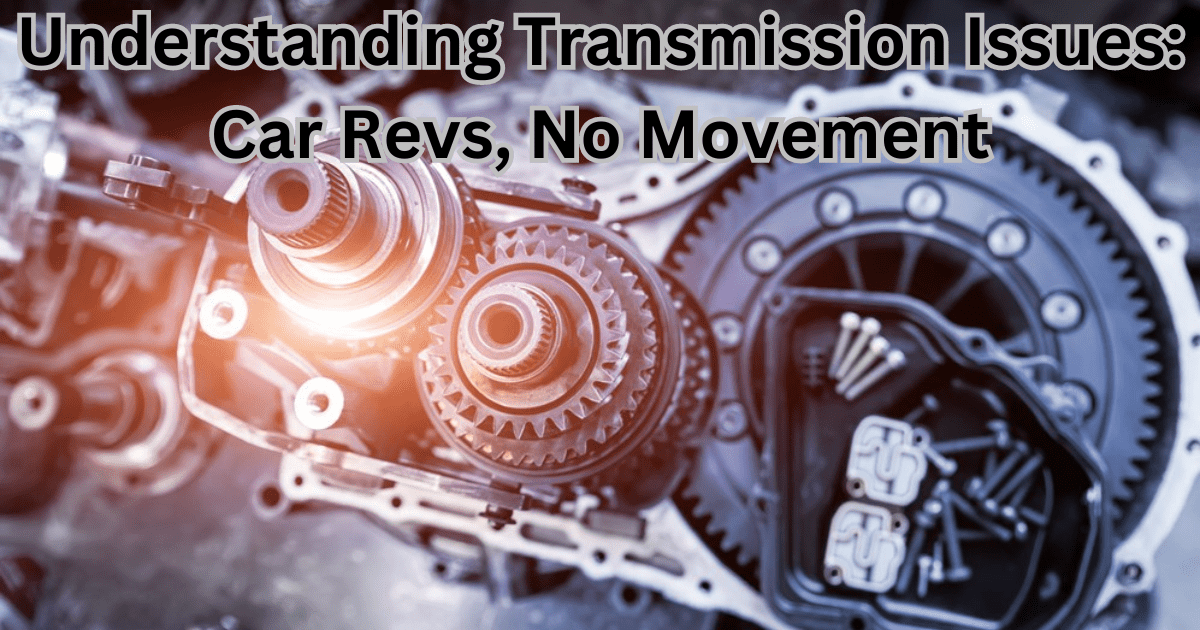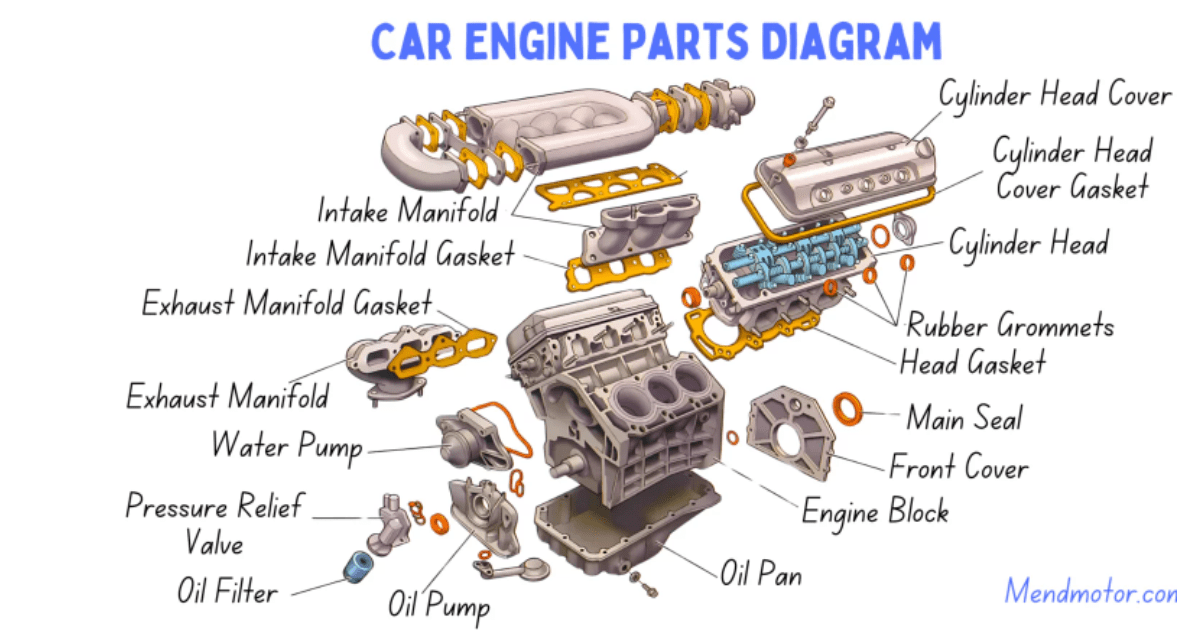If your fuel pump breaks, you might hear it making noise, your engine might stop, start slowly, or you might not have any power. Here are some tips on how to change a fuel pump and other things you should do or check along the way.
The fuel pump is an important part of your car’s fuel system. It sends high-pressure fuel from the tank to the engine.
Step 1: Check the Fuel Pump Fuse and Relay
The fuel pump fuse and circuit should be checked before the fuel pump is added. You can find these in the switch box inside the car or under the hood. Check your owner’s guidebook to find out exactly where it is and how to identify it.

If the fuse blows or the switch doesn’t work, you need to get new ones. Another way to test the relay is to switch it out for another one of the same type and grade.
Step 2: Listen for Fuel Pump Noise
You can hear your fuel pump’s noise when you turn the key to the ON position (without starting the engine) to make sure it’s working. For about two seconds, you should hear a spinning sound coming from inside the petrol tank.

This means that power is getting to the pump, which is priming the machine. It’s possible that the wires, connectors, or fuel pump itself is broken if you don’t hear this sound.
Step 3: Remove the Fuel Tank
The fuel tank has to be taken off the car in order to get to the fuel pump. Make sure you have all the tools and safety gear you need for this difficult and possibly risky job. A jack, jack stands, a drain pan, a syphon pump, a wrench set, a screwdriver set, a hammer, a punch, and a fire extinguisher are the things you will need.

Use a syphon pump to drain as much fuel as possible from the tank before you take it off. Then, unplug the negative battery wire and open the petrol cap or loosen the fuel line to release the pressure in the fuel. Next, lift the car up and put jack stands under it to keep it stable. The petrol tank is under the back of the car. Take off all the straps, bolts, hoses and wires that are holding it in place. Lower the tank slowly and put it on a flat surface.
Step 4: Replace the Fuel Pump
The fuel pump can be changed after the tank has been taken off. Most of the time, a lock ring or screws hold the fuel pump to the top of the tank. You will need a hammer, a punch, or a screwdriver to take off this ring or screws. After that, lift the fuel pump unit off the car and cut any wires or hoses that are connected to it.

Some parts of the old fuel pump will need to be moved to the new one in order to install it. These include the fuel level sender unit, the wire harness, and any gaskets or seals. Before putting these parts on the new pump, make sure you clean them. After that, hook up any lines or wires to the new pump and lower it into the tank. Use the lock ring or screws to keep it in place, and make sure it’s lined up right.
Step 5: Reinstall the Fuel Tank
To put the fuel tank back on, you will have to do the steps you took to take it off again. Lift the tank up and make sure it is lined up with where it will be mounted. Put back together all the bolts, hoses, wires, straps, and hoses that hold it in place. Make sure there are no leaks or loose links and tighten everything up. After that, lower the car and connect the negative battery wire again.
Step 6: Replace Other Components
There are a few other parts that you should repair or check when you replace the fuel pump to make sure the car runs well and safely. Some of these are:

- This is the fuel filter. It is along the fuel line, which goes from the tank to the engine. It gets rid of any dirt or junk that could damage your engine or clog your fuel lines. Too much gunk in the fuel pump can make it work harder and break down more quickly. It is recommended that you change your fuel filter every 15,000 to 30,000 miles, or as directed by the maker.
- It’s the pickup filter: The pickup filter is connected to the filter that comes out of the fuel pump inside the tank. It keeps big things from getting into your pump and breaking it. This filter may be dirty or worn out, so you should always replace it when you change the fuel pump.
- These are the O-rings, seals, and gaskets: There are rubber or metal parts that fit between the different parts of your fuel system and keep air out. They keep air or leaks out of your system so that fuel pressure or flow doesn’t get messed up. When you change the fuel pump, you should always repair these parts too, because they could be broken or cracked.
- The electrical connections are the wires or plugs that join your computer, battery, fuse box, and fuel pump. They connect to your pump and give it power and information so it can work right. You need to look at these links for damage, corrosion, or signs that they are getting too hot. Also, you should put some electrical grease on them to keep dirt and water from damaging them.
- The fuel tank: Your fuel is kept in the fuel tank and sent to the pump. It can rust, break, or fade because it is made of metal or plastic. You should check your tank for cracks, holes, dents, or leaks. Also, you should clean the inside of your tank to get rid of any water, dirt, or waste that has built up over time.
Step 7: Test the New Fuel Pump
You should test the new pump to make sure it works right after replacing the old one and some other parts. To do this, you need to:

Put new petrol in the tank and close the petrol cap.
- Put the key in the “ON” position and listen for the sound of the fuel pump. It needs to run for two seconds and then stop.
- Turn on the engine and let it run for a while. Look for leaks, noises, or lights that say something is wrong.
- Drive the car for a short distance and watch how it works. There shouldn’t be any delay, stalling, or loss of power when it speeds up.
It’s great that everything works out. You were able to fix the fuel pump, which made your car run better and be more reliable. If you have any problems or questions, you should talk to a trained mechanic for more help.
Fuel Pump Troubleshooting Tips
You can try these things to fix your fuel pump before you buy a new one if you think it’s not working right:
- Check the fuel pressure. A fuel pressure gauge can be used to find out how much pressure is in different parts of your fuel system. This can help you figure out if the pump is sending enough gas to the engine or if there is a mistake or a leak. Check your service manual for the right pressure requirements and ways to test them.
- Look at the fuel pump relay. A voltmeter can be used to check the fuel pump relay for continuity and resistance. You can use this to find out if the switch is sending power to the pump or if it is broken. Check your service manual for the right place to put the switch and how to test it.
- Please check the camshaft position sensor. A scan tool can be used to look for any trouble codes or data reports on the camshaft position sensor. Based on where your camshaft is, this sensor tells your computer when to turn on your fuel pump. If this sensor isn’t working right, your pump might not get the right messages at the right time. Check your service instructions for the right place to put the sensor and how to test it.
